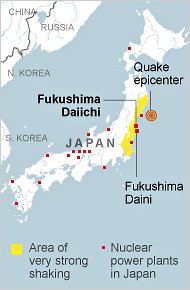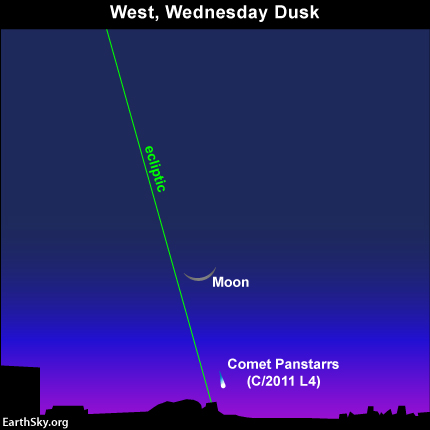NOAA, the National Oceanic and Atmospheric Association, monitors buoys in the ocean that measure seismic activity. Underwater earthquakes are one of the big causes of tsunamis, and when detected by the buoys, warnings can be administered to the public faster. The faster the warnings are sounded, the faster people can get to safety. The safest place from a tsunami is inland, higher ground, or in a high building.
Remember tsunamis can also happen if a landslide causes a large amount of earth into a body of water. This actually happen in Lituya Bay, Alaska. In 1958, a earthquake caused a landslide of 30 million cubic meters to fall into the bay, this caused a huge tsunami that went 1720 feet up the opposing slope of the bay. While this kind of tsunami is rare, it is actually more dangerous and destructive then earthquake cause tsunamis. Below is a picture of Lituya Bay, where you can see all of the brown marks is where the tsunami hit.

This is just a reminder that tsunamis can happen anywhere so just be on alert! Happy Thursday everyone!
Photo From:
glogster.com















